The nuclear threat is very real and more complex than ever before. Many countries now possess nuclear weapons or the means to produce nuclear materials, complicating both the threat they pose and the risk of a nuclear attack on US soil.
In 2014, President Obama stated that his greatest fear was a nuclear detonation on US soil. When pressed by reporters in The Hague, Netherlands—following Putin’s invasion of Georgia in 2008 and Crimea in 2014—Obama remarked that Russia’s actions “don’t pose the No. 1 national-security threat to the United States. I continue to be much more concerned, when it comes to our security, with the prospect of a nuclear weapon going off in Manhattan.” (Crowley, 2014)
Was Obama defending his inaction in allowing Putin to knock over countries like dominoes in Europe? Of course he was. Yet, there may also have been an element of honesty in his answer. According to the same article, experts at the time estimated the probability of such an attack at 30%–50%—a statistic that would keep anyone up at night.
Then, as now, Putin was attempting to reunite the Russian-speaking peoples of the world and “put Humpty Dumpty back together again” after the fall of the USSR. More than anything, Putin is an ex-KGB officer and a fanatical patriot. Nuclear war would not achieve his aim; while the threat of nuclear war might have strategic use, it would ultimately destroy his dream of reunification.
This does not mean that thousands of nuclear weapons aimed at the USA are not a threat—they pose a massive risk regardless. However, the danger from Russia may stem more from incompetence and human error. The USA and Russia have narrowly avoided nuclear apocalypse several times since the 1950s. For instance, in 1995, Boris Yeltsin actually powered up his nuclear briefcase, and we almost ended up with “glass-floored, self-lighting” parking lots across the USA.
Mutually assured destruction has kept both nations from nuclear war so far. Yet Russia is no longer the only nuclear threat.
The Rising Threat of Nuclear Terrorism
We once worried about Russian ICBMs, bombers, and nuclear submarines. Then concerns shifted to autonomous nuclear-armed drones, hypersonic nuclear missiles, and supercavitating torpedoes with nuclear warheads. Today, Putin is no longer our sole nuclear-armed adversary. China and the DPRK are actively expanding their nuclear arsenals, and Iran may soon possess nuclear weapons if it does not already.
Perhaps the greater danger lies in the fact that “it is far easier to make a crude, unsafe, unreliable nuclear explosive that might fit in the back of a truck than it is to make a safe, reliable weapon of known yield that can be delivered by missile or combat aircraft.” (Bunn & Roth, 2017)
When the Soviet Union collapsed, reports emerged that nuclear weapons and materials went missing amid the ensuing chaos. Rumors abounded about missing suitcase nukes and smuggled radioactive materials. Although some reports downplayed the threat—claiming that stolen suitcase nukes would degrade without scheduled maintenance and would likely not detonate—there have been more troubling incidents. In 1993, Bavarian police in Germany seized plutonium-329, smuggled from Russia for sale on the black market. Nuclear physicists determined that part of the seized material was nuclear grade and could have been used to construct a nuclear weapon. (Miller, 1994)
That seizure was the third in Germany that year. If authorities intercepted three shipments, many more may have slipped through, as is common with other types of illicit trafficking.
The raw materials to build crude nuclear weapons are out there. Over 20 seizures of nuclear materials suitable for weaponization have been documented, and at least two terrorist organizations have attempted to acquire a nuclear device. Most recently, in February 2024, the USA charged Takeshi Ebisawa—the head of a Japanese organized crime syndicate—with trafficking in nuclear materials. Ebisawa claimed he could supply up to 5 tons of nuclear material from Myanmar, and he testified in court that he trafficked nuclear materials including uranium and weapons-grade plutonium. (Singh, 2025)
For context, only 5–10 kg of weapons-grade plutonium-239 or 15–25 kg of highly enriched uranium is needed to construct a nuclear weapon.
The IAEA and Nuclear Trafficking
How extensive is the trafficking of nuclear materials? The International Atomic Energy Agency (IAEA) tracks such incidents from 143 of the 193 nations worldwide. Since data collection began in 1993—the same year material was found in Germany—there have been 344 Group I incidents, defined as those “likely to be connected with trafficking or malicious use.” Over the past 30 years, this number underscores the significant threat.
However, most IAEA incidents result from sting operations designed to entrap opportunists rather than catching organized criminal networks. As a result, the data may not reliably reflect the actual scope of serious trafficking. The IAEA itself admits:
“Most trafficking incidents could be characterized as ‘amateur’ or opportunistic in nature, as demonstrated by ad-hoc planning and a lack of resources and technical proficiency. However, there are a few significant cases that appear more organized, better resourced and that involved perpetrators with a track record in trafficking nuclear/radioactive material or other criminal activities.” (IAEA, 2025)
They note that such organized cases are rare and have not occurred in nearly a decade. It is highly unlikely that the IAEA alone will prevent a country—or a terrorist organization—from perpetrating a nuclear attack on US soil unless that nation willingly turns over its nuclear materials or exposes the terrorist networks it is harboring or funding.
What If a Terrorist Nuke Detonates in Manhattan?
A nuclear detonation in Manhattan is easier to comprehend than the U.S. government’s response to it.
Experts often claim the probability of such an attack is low—but history is filled with “low-probability events” that caught humanity off guard with devastating consequences.
According to the Bulletin of Atomic Scientists and NUKEMAP by Alex Wellerstein, even a small 10-kiloton nuclear weapon—smaller than the bomb dropped on Nagasaki—would cause unimaginable destruction:
- Fireball radius: 440 meters (hotter than the sun, instantly vaporizing everything within it)
- Heavy blast damage: 469-meter radius (concrete buildings severely damaged or destroyed)
- Thermal radiation: 1.41-kilometer radius (anyone in direct line of sight suffers third-degree burns)
- Light blast damage: 2.53-kilometer radius (windows shattered, widespread structural damage)
A single small nuke would make Manhattan uninhabitable for years. And that’s a best-case scenario.
How to Prepare for a Nuclear Attack
I am not wealthy in terms of money, but here are a few things that I did that I am willing to share.
1. Get off the “X”
I studied nuclear target maps, read Rawles’ Retreats (it was spiral-bound back then) and Skousen’s Strategic Relocation, and then moved to an area not typically downwind from major targets. I chose a location with reliable water sources, ample farmland, and a low population density—about 20 years ago.
The key is not to build your home or rent an apartment on the “X” (the high-risk target zone as depicted in cartoons like Wile E. Coyote and Road Runner). If you must live on the “X,” have a clear bug-out plan and a safe destination in mind; otherwise, you risk becoming a refugee.
2. Protect Yourself Against Fallout
You can take measures to shield yourself from fallout. See my article on Improvised Fallout Shelter Tips for tips on what can be done to protect yourself from fallout. Because fallout may cause more casualties than the blast itself, protecting yourself and your family is critical.
3. Be Prepared to Endure the Aftermath
A nuclear attack isn’t the only threat—the aftermath could be equally, if not more, devastating. Beyond the immediate blast, you may face prolonged challenges such as starvation, disease, or violence. To prepare:
- Learn self-defense and acquire the means to protect yourself.
- Stockpile medical supplies.
- Accumulate clothing, blankets, and fuel for heating and cooking, especially if you live in colder climates.
- Secure water storage and methods to procure and purify water when supplies run low.
- Build up a food storage reserve.
- Consider planting fruit and nut trees, starting a garden, or raising a few chickens. Even a few pots on a balcony can be a start—relying solely on tilling your lawn and mail-order seeds is not sufficient.
- Start saving money to support your long-term survival needs.
References
Bunn, M., & Roth, N. (2017, September 28). The effects of a single terrorist nuclear bomb. Retrieved from thebulletin.org: https://thebulletin.org/2017/09/the-effects-of-a-single-terrorist-nuclear-bomb/#post-heading
Crowley, M. (2014, March 26). Yes, Obama Really Is Worried About a Manhattan Nuke. Retrieved from time.com: https://time.com/39131/barack-obama-nuke-manhattan-new-york/
IAEA. (2025, January 31). IAEA Incident and Trafficking Database (ITDB) and 2023 Factshee. Retrieved from iaea.org: https://www.iaea.org/sites/default/files/22/01/itdb-factsheet.pdf
Miller, M. (1994, August 14). From Russia : Europe: Cache on flight from Moscow was third found this year. Officials think it was headed for black market. Retrieved from latimes.com: https://www.latimes.com/archives/la-xpm-1994-08-14-mn-27157-story.html
Singh, K. (2025, January 8). Japanese Crime Leader Pleads Guilty in US to trafficking Nuclear Materials from Myanmar. Retrieved from reuters.com: https://www.reuters.com/legal/japanese-crime-leader-pleads-guilty-us-trafficking-nuclear-materials-myanmar-2025-01-08/
Wellerstein, A. (2025, 1 31). NUKEMAP. Retrieved from nuclearsecrecy.com: https://nuclearsecrecy.com/nukemap/


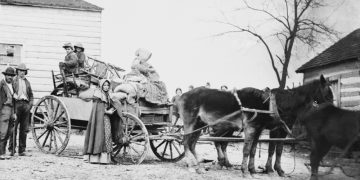


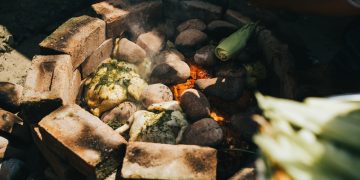
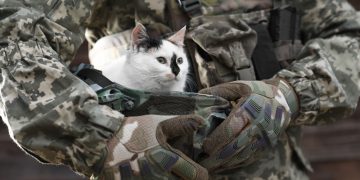



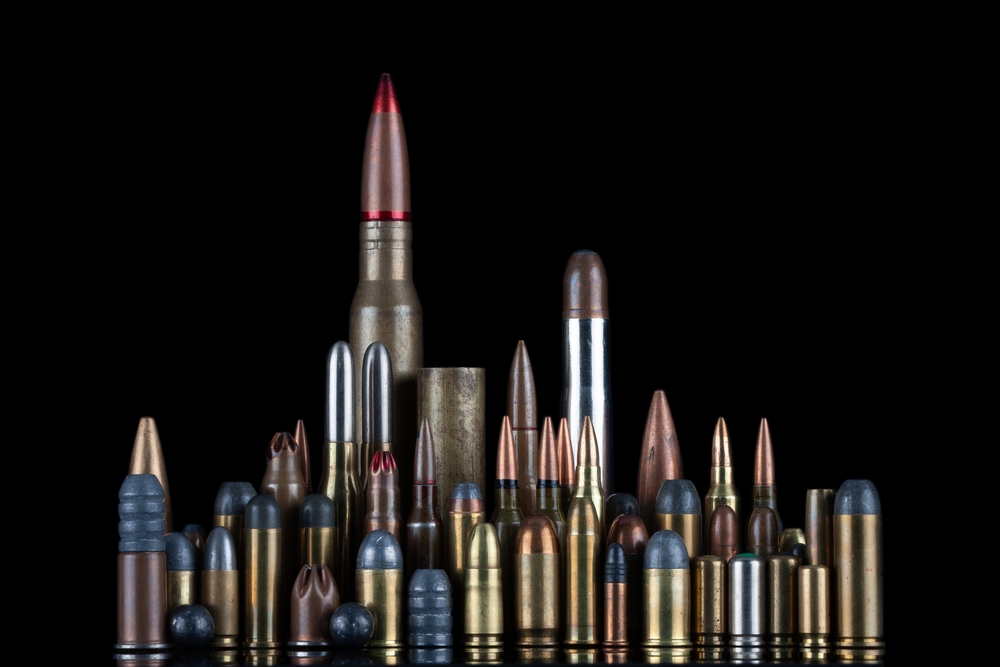
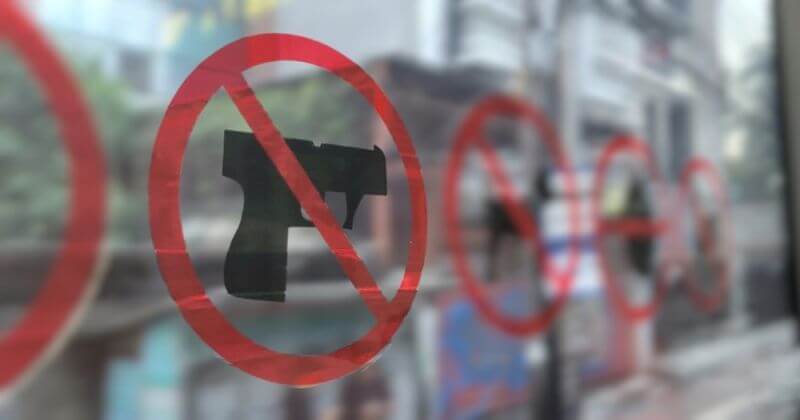
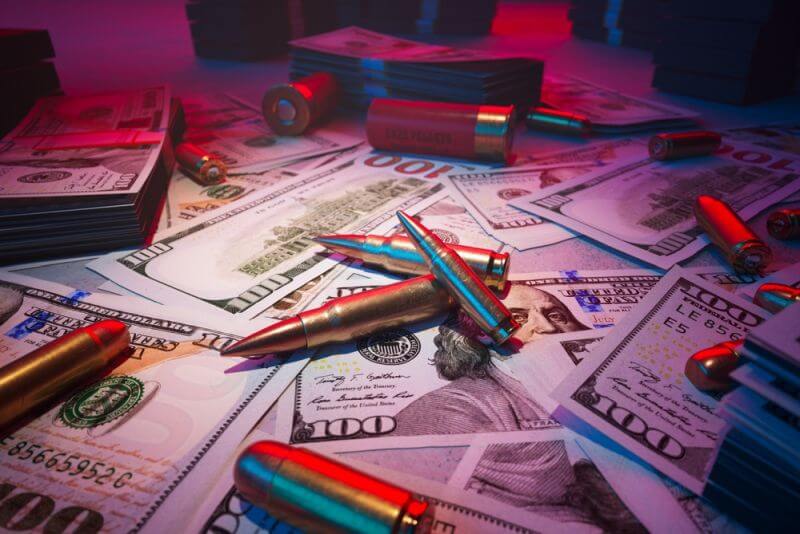
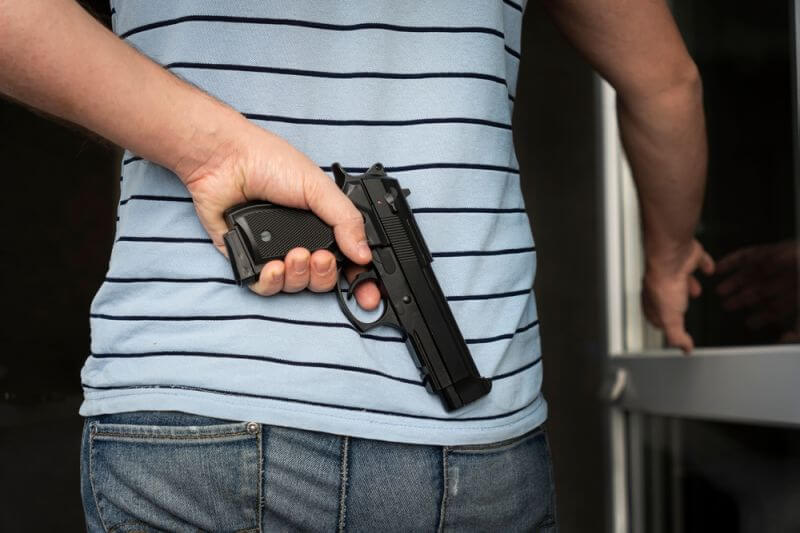
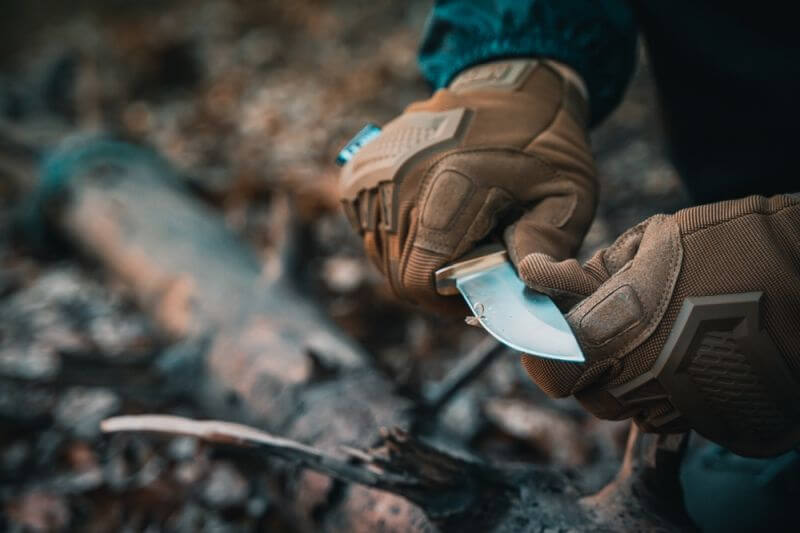
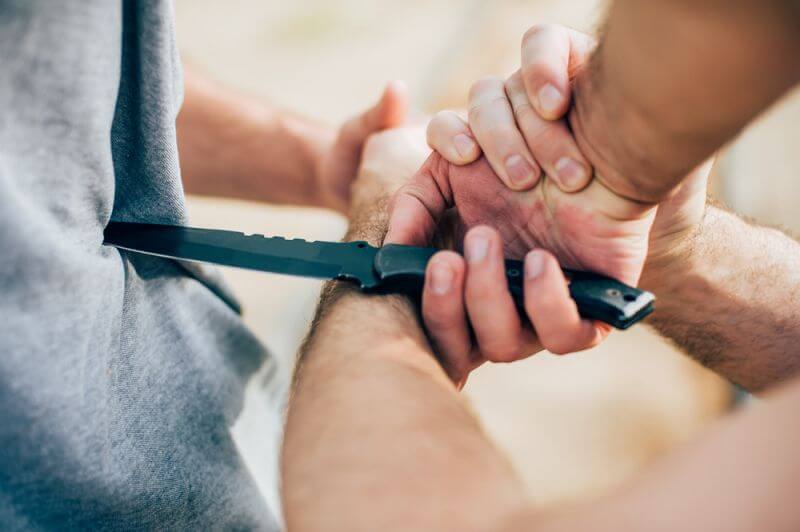
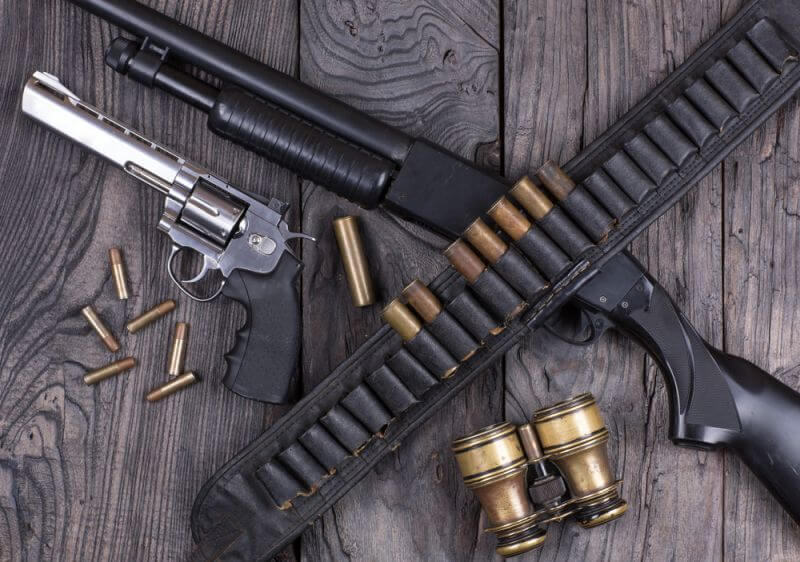

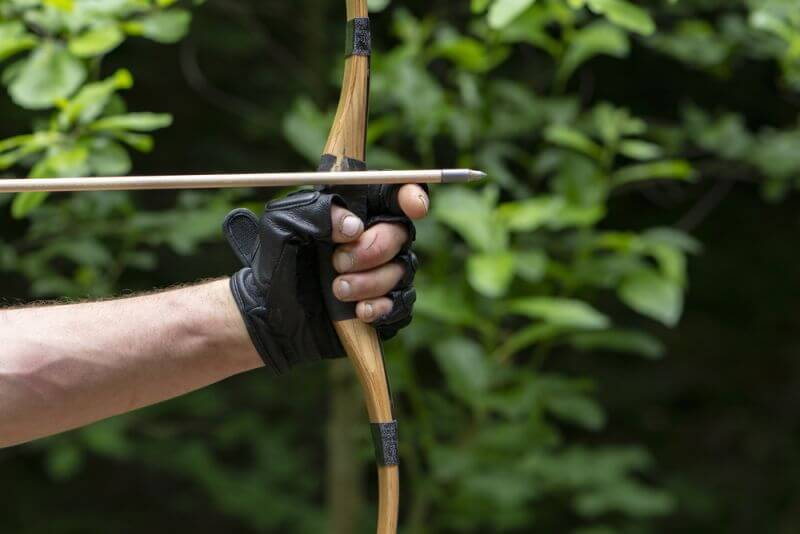



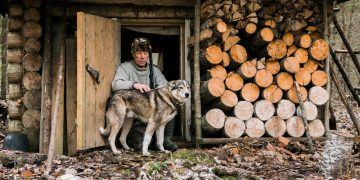



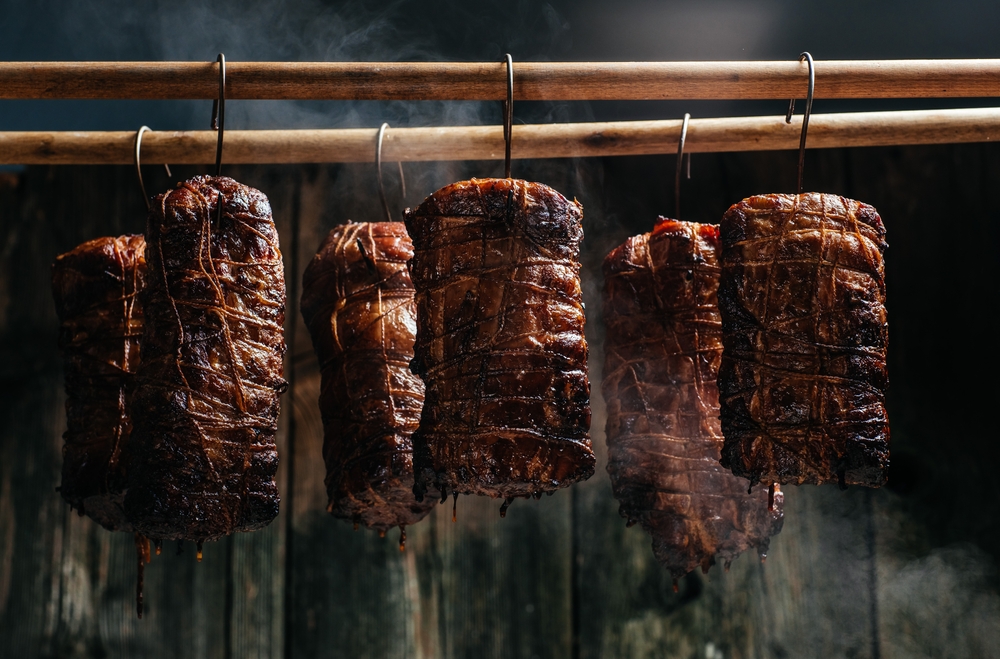

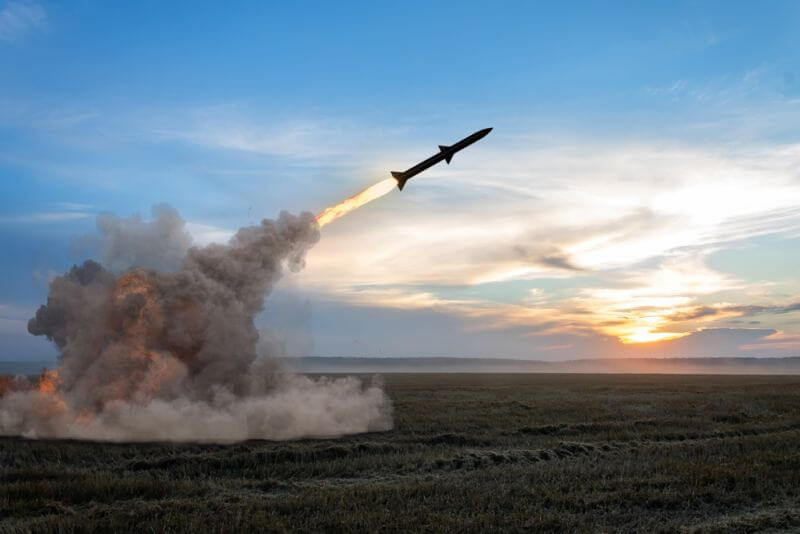
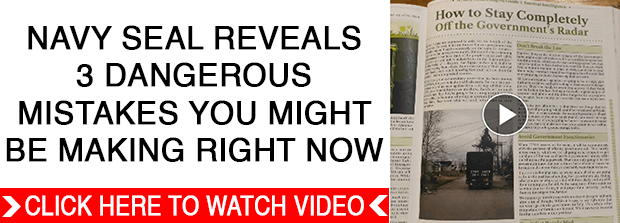



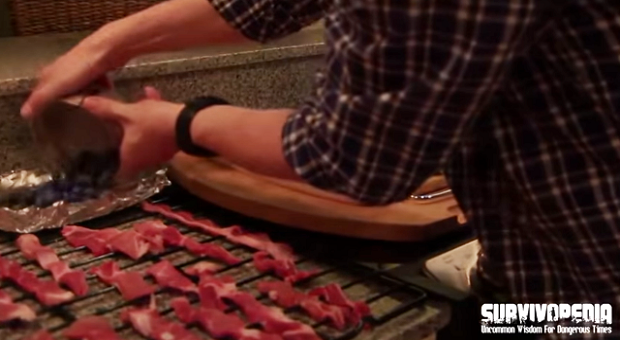


















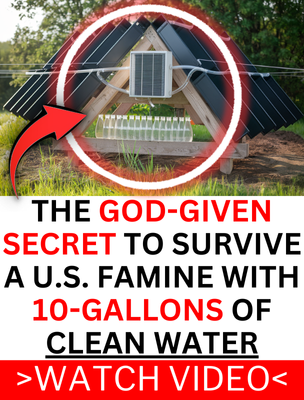
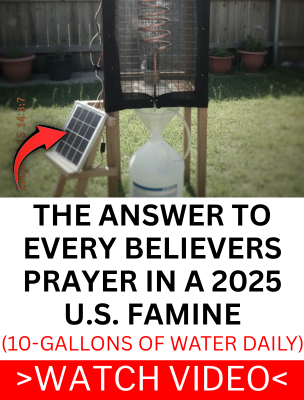
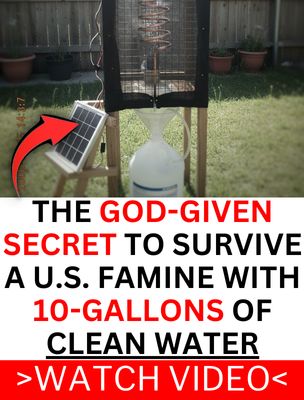




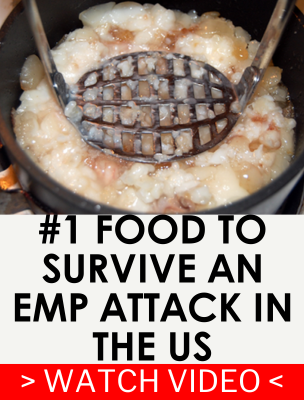
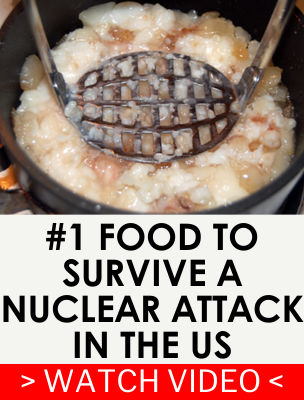

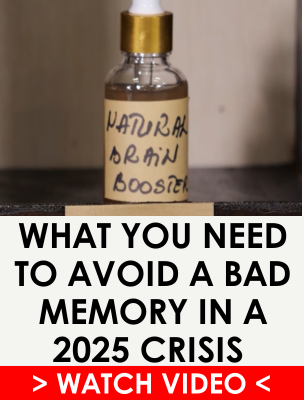




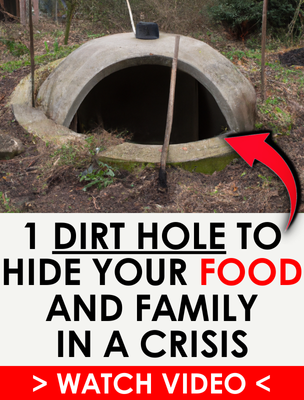

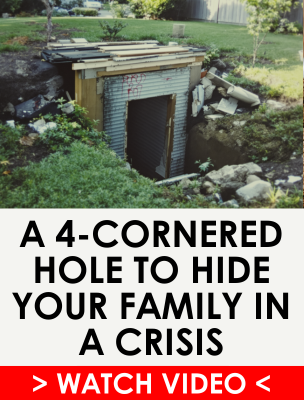

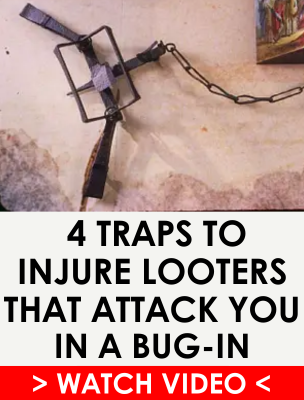
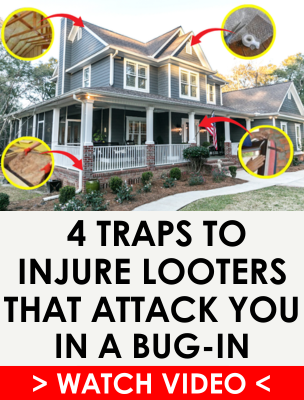







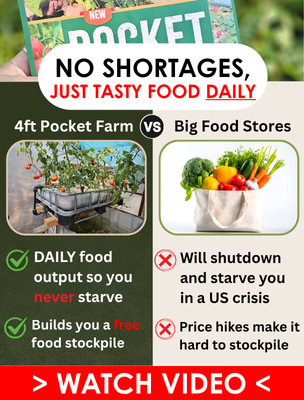


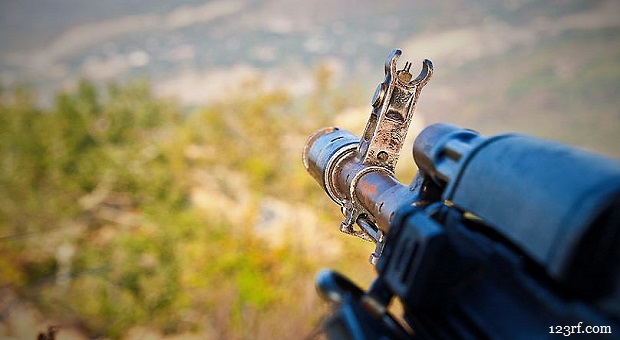
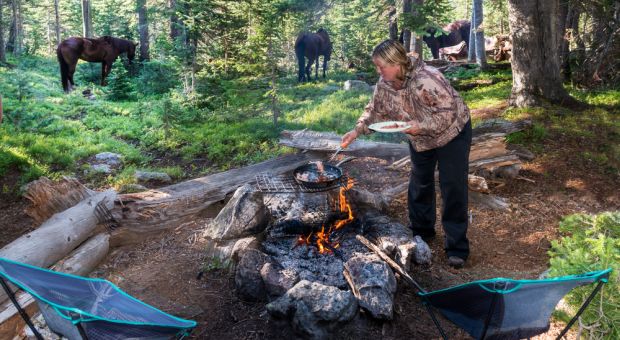
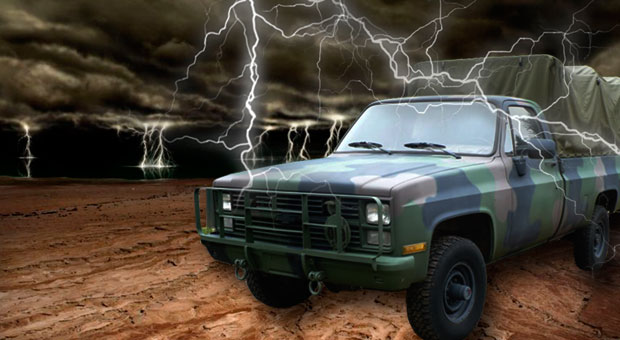
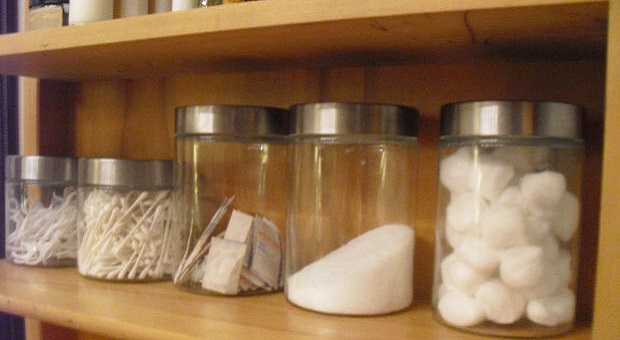


Downwind – I’ve routinely observed every wind direction, so what is downwind and are presumed targets actually going to be the hits in the multiple variabilities of nuclear war? Will there be strays? This has confounded predictions of safe zones. Sure, there’s the prevailing westerly wind which has some influence upon my choices, but what really counts for fixed locations, which is mostly all of us, is which way the wind was blowing at the moment of detonations. You can’t count on prevailing westerly wind, yet my sea based mobility by sailboat contingency preparedness options has me consider our west coast and it isn’t reliant upon a favorable wind direction at the moment of nuclear detonations unlike fixed locationson land. A radioactive fallout plume is generally narrow and given that a sailboat moves fastest near ninety degrees to the wind, it can quickly move out of the plume. The radiation intensity of fallout in the air is much lower than what accumulates on surfaces on land, but a sailboat is an exception to hot zones because the fallout particles can’t accumulate on the water surface because they sink and since water is excellent radiation shielding, I would only need to spray off the deck and surfaces with high pressure pumped sea water and wear a respirator for the brief time it takes to sail out of the radiation plume. Those on land have a chance factor on if radioactive fallout accumulates on their land. In sharp contrast, my great number of destination possibilities are by choice after the events, so they will be where radiation is low.
[email protected]
Ronald. (sincerely) Thanks for sharing a perspective that I have no acquaintance with (sailing); and by the way I am always considering prevailing winds, living in the northern USA midlands. On the one hand I agree with you that for maximum damage “go with an attack with the prevailing winds”. But there are two (even three) sides to every coin, with the other broad side being–more or less—go for a symbolic WIN, an instantaneous HUGE F’n big-kill; and in the sense of “Be a Big-Shot” (and in the sense of “be famous in one’s local neighborhood)” for striking down a Goliath. As I listen to attacks going on connected to Israel and the Ukraine, on the one hand they focus on military infrastructure; but on the other hand there is one focus on a small country (that maybe could be viewed in the USA as “the size of a county or two or three” (and I will say that as being “an ignorant one”—but small countries are small, how small in comparison to larger USA counties I cannot say).
I am not trying to change your mind. I always prepare with a view to prevailing winds; but at the same time, I am aware, in a general way, that any strike to a state bordering Canada can produce two nations retaliating because by potential prevailing winds that may also be “dosed” that may result in an unfavorable response; and besides the dosing that keeps rotating around the world anyway, such as Fukishima.
I believe CVP’s main concern was well stated, “Get off and away from the X” that to me seems to be one of our “big shot” major cities. If, when, and as it may happen; and Biblically it is going to happen to one nation, referred to Biblically as “The Great Whore”—that I view as being USA, but mostly because (in my mind and as a child) TV began in America (and the earlier movies at movie theaters, don’t count). So, as much as USA wanted to be “the leader of the world in any way that it could”, TV has greatly deteriorated the morality of USA in so many ways that, even I in my “old age” years have to admit that my generation, one generation removed from “The Great Generation that fought in WWII” (that included my father) demonstrates clearly to me that drastic change can happen faster than one person’s average lifespan.
But Ronald, you shared some things I had never heard before; and for that I thank you. But at my age (70s), I will not be taking up sailing. On the other hand, I have wondered many times if anyone may survive “well enough” to become superior migrant-leaders of a demolished nation. My own answer to my own question, is Yes—Ronald will survive. I sure hope he is training others with his knowledge; and partly because it may not make any difference if Ronald survives, when a succeeding nation enters the USA destructive fray to exert their powers.
I think trying to save one’s life (with their closest ones) is ideal. But on the other hand, if you are disconnected from the fray, will anyone left accept you? They may not; and if not, what message do you want to convey to them? And does this question change any view you have? I do realize that none of us can know the future. At the same time the change will be hard for everyone, even those who missed experiencing it as it was taking place, while sailing (and I am being stupid here about…) the safer seas. CVP said, “Get off and away from the X”. Do you, Ronald have networks established in foreign ports? If USA is no longer a place to live, will you ride the seas for the rest of your life? I cannot envision that, just because it is one thing (and I appreciate you sharing that) to have a strategy to survive at sea (until a sub crashes into you). But where will you be after the Great War is over, and what will you do? In a sense, you are not one of us; and that is OK. But like “dummy me” who has never sailed and would never try that being afraid of water (though I can swim) because at age-5 years, I chased a Pacific wave out to sea, then turned my back on it (never realizing it would topple me) and as I rolled around under the water when the wave hit me—I knew waves can be fierce to five year olds. But I have done white-water canoeing, dropping down 4-6 foot shelves, but I never forgot the wave that toppled me. Ronald, you seem to be privileged to own your own yacht. Most of America is not; we are ignorant of sailing. What are you trying to tell us?
Ronald. Thanks for sharing a perspective that I have no acquaintance with (sailing); and by the way I am always considering prevailing winds, living in the northern USA midlands. On the one hand I agree with you that for maximum damage “go with an attack with the prevailing winds”. But there are two (even three) sides to every coin, with the other broad side being–more or less—go for a symbolic WIN, an instantaneous HUGE F’n big-kill; and in the sense of “Be a Big-Shot” (and in the sense of “be famous in one’s local neighborhood)” for striking down a Goliath. As I listen to attacks going on connected to Israel and the Ukraine, on the one hand they focus on military infrastructure; but on the other hand there is one focus on a small country (that maybe could be viewed in the USA as “the size of a county or two or three” (and I will say that as being “an ignorant one”—but small countries are small, how small in comparison to larger USA counties I cannot say).
I am not trying to change your mind. I always prepare with a view to prevailing winds; but at the same time, I am aware, in a general way, that any strike to a state bordering Canada can produce two nations retaliating because by potential prevailing winds that may also be “dosed” that may result in an unfavorable response; and besides the dosing that keeps rotating around the world anyway, such as Fukishima.
I believe CVP’s main concern was well stated, “Get off and away from the X” that to me seems to be one of our “big shot” major cities. If, when, and as it may happen; and Biblically it is going to happen to one nation, referred to Biblically as “The Great Whore”—that I view as being USA, but mostly because (in my mind and as a child) TV began in America (and the earlier movies at movie theaters, don’t count). So, as much as USA wanted to be “the leader of the world in any way that it could”, TV has greatly deteriorated the morality of USA in so many ways that, even I in my “old age” years have to admit that my generation, one generation removed from “The Great Generation that fought in WWII” (that included my father) demonstrates clearly to me that drastic change can happen faster than one person’s average lifespan.
But Ronald, you shared some things I had never heard before; and for that I thank you. But at my age (70s), I will not be taking up sailing. On the other hand, I have wondered many times if anyone may survive “well enough” to become superior migrant-leaders of a demolished nation. My own answer to my own question, is Yes—Ronald will survive. I sure hope he is training others with his knowledge; and partly because it may not make any difference if Ronald survives, when a succeeding nation enters the USA destructive fray to exert their powers.
I think trying to save one’s life (with their closest ones) is ideal. But on the other hand, if you are disconnected from the fray, will anyone left accept you? They may not; and if not, what message do you want to convey to them? And does this question change any view you have? I do realize that none of us can know the future. At the same time the change will be hard for everyone, even those who missed experiencing it as it was taking place, while sailing (and I am being stupid here about…) the safer seas. CVP said, “Get off and away from the X”. Do you, Ronald have networks established in foreign ports? If USA is no longer a place to live, will you ride the seas for the rest of your life? I cannot envision that, just because it is one thing (and I appreciate you sharing that) to have a strategy to survive at sea (until a sub crashes into you). But where will you be after the Great War is over, and what will you do? In a sense, you are not one of us; and that is OK. But like “dummy me” who has never sailed and would never try that being afraid of water (though I can swim) because at age-5 years, I chased a Pacific wave out to sea, then turned my back on it (never realizing it would topple me) and as I rolled around under the water when the wave hit me—I knew waves can be fierce to five year olds. But I have done white-water canoeing, dropping down 4-6 foot shelves, but I never forgot the wave that toppled me. Ronald, you seem to be privileged to own your own yacht. Most of America is not; we are ignorant of sailing. What are you trying to tell us?
Radar,
Thanks for your reply and questions. The world has two hundred twenty thousand miles of coastline and inland navigable waterways with much of that sparsely populated or wilderness, so that’s certainly many location choices which can be transient to return to places after inhospitable conditions resolve.
Think of the sailboat as similar to a car on the highway. It’s a means of transportation. I no more intend to live my life in a sailboat on the ocean than you living in a car parked on a highway. I’ll live on land and travel by sailboat.
There are those among us that will be of great benefit to future civilizations and governments and new nations. But, most are neither sailors nor into preparedness like us.
In sharp contrast, I have concerns about some who might become “WarLords” among survivors and the types of governments they might create in reverting from what is well described in the book: “The Five Thousand Year Leap” by Skousen.
I will penetrate deep into hostile lands like what will become of my present location where perhaps most won’t survive within what becomes of my EXCEPTIONAL Nation to find the people that I believe must survive and show them videos for them to make their choice of strongholds of freedom that I and others will establish.
They won’t need to be sailors to accept transportation for themselves and their families to a better place.
I love my United States of America, yet I’m prepared to step aside from troubles into low population density for the rather short duration that I anticipate and later be part of our surviving culture because it’s mine!
Radar, you have similar insight into what it takes for a nation to survive and prosper. Our United States of America became strong and prosperous with freedom by virtue of the rugged individualists that made it great. Putting together groups of such people would be key to its continuance. For example, one understands our Founding history and our Constitution well and teaches it today. He will not need to “take up sailing” to accept my transportation and safety offer any more than I need to become a pilot to fly as a passenger though I also have those skills. Value of people for what comes next must not be limited to just survival skills as there are specialiststhat can contribute plenty to future restarts of communities like doctors, farmers, ranchers and multiplemundane skills. It’s my concept that they need not have the abilities to survive on their own for strongholds of freedom to gladly include them.
Location will be the key to survival in the harsh times to come. Transportation and people like me will be the key for some to be away from trouble spots and where they can thrive. I’m expanding upon the teachings of the great Jim Phillips on the preparedness value of community.
We all die, but life goes on and I have purpose in what I can contribute. I will, when the special one for me finds me, marry much younger to raise a large family to give our future children uniquely great advantages to live past the harsh times to come and live in freedom and prosperity.
Radar, you present an interesting question on established communities acceptance of me. It’s a big world and their loss if I move on to a better choice.
To your other question of what am I trying to tell us, I’m simply sharing my insights and preparedness options for whatever benefits it might have for others here even if it’s only a seed for thought as there are certainly alternatives as I certainly have many. There are those who have criticized my flexibility in direction as not having a (singular) plan. I have a multitude of contingency plans.
We don’t know the future. Planning isn’t preparedness and preparedness isn’t planning. Instead, preparedness is capabilities combined with adaptability.
IF we knew the future, we could have a plan.
Adaptability, is the key to survival as it has been for all of history of man and nations. Entire civilizations and nations are gone. Our history is brief.
Beyond that, adaptability has been the key to survival for the entirety of the plant and animal kingdoms as those which survived are here today and those that couldn’t adapt went extinct as we know by their fossils.